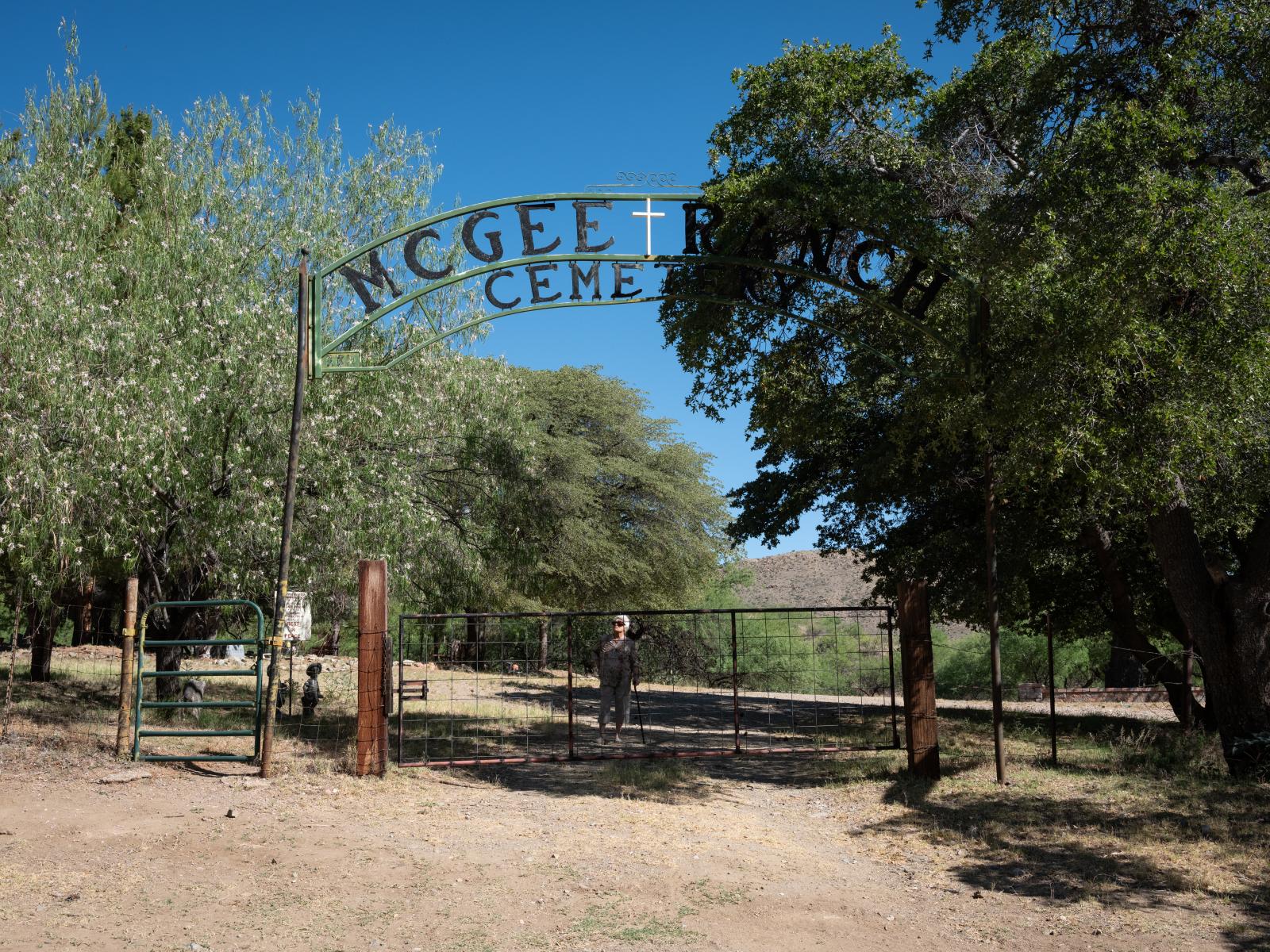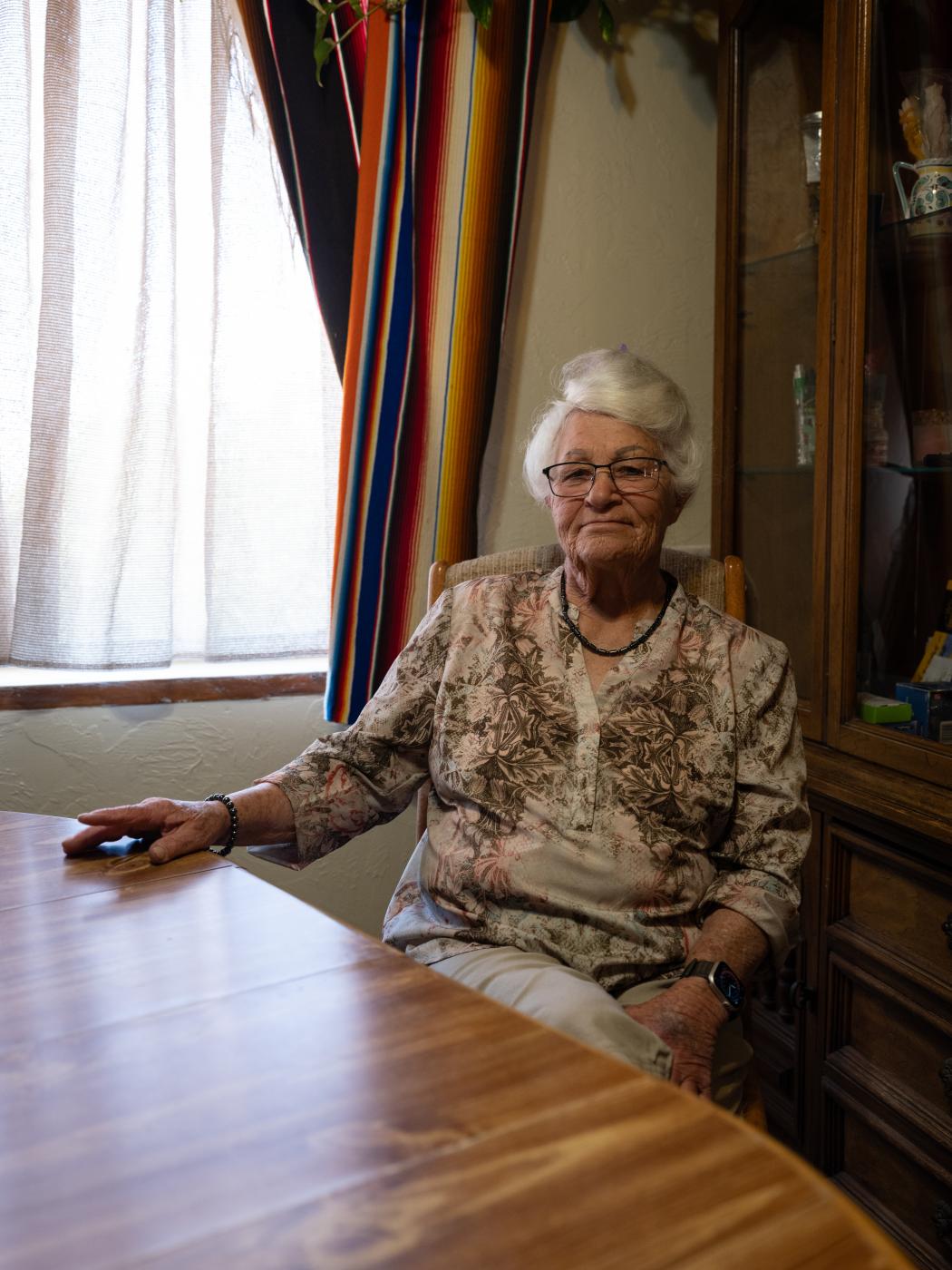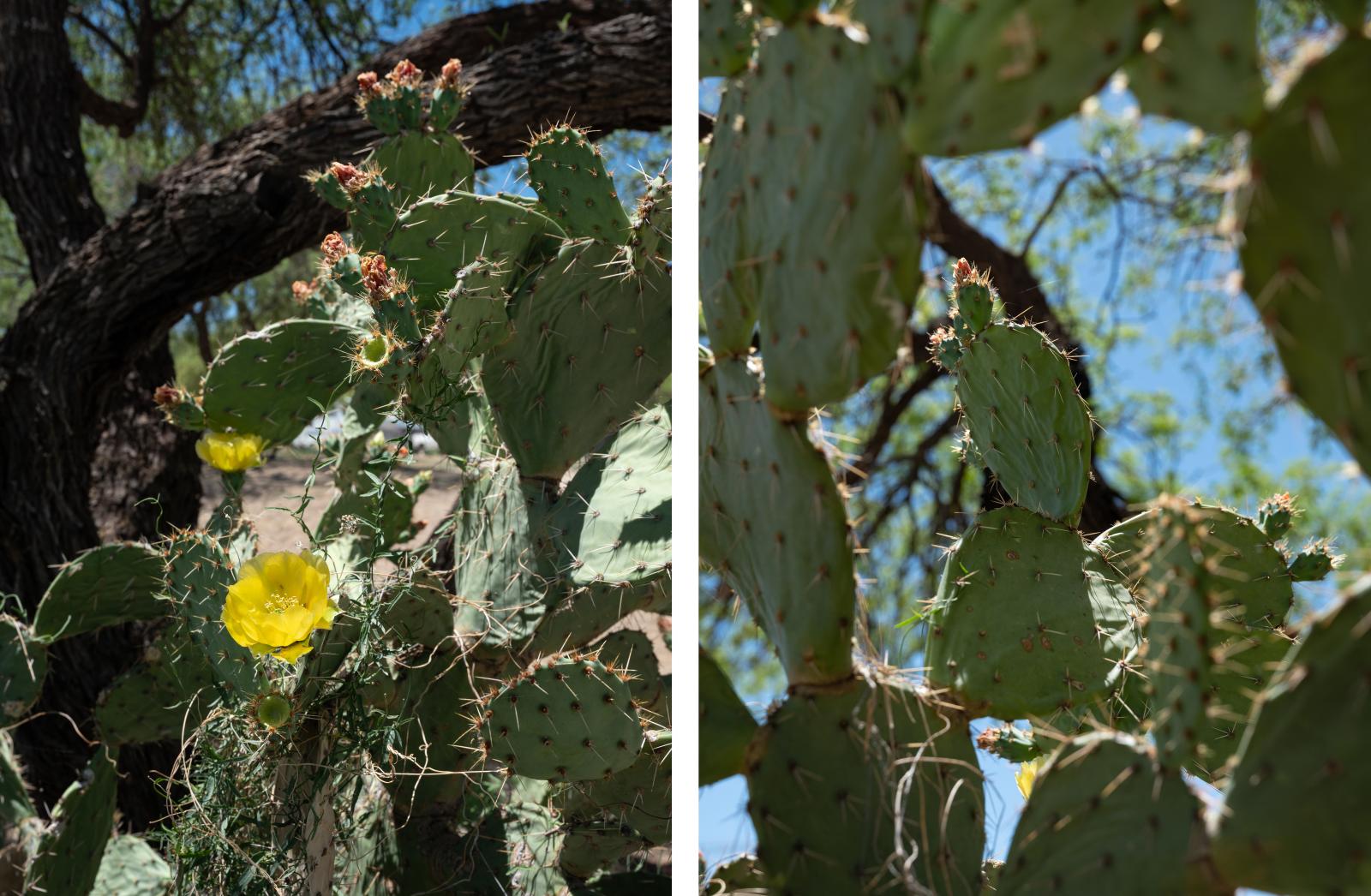Public Project
Natalie McGee: God Made This For Everybody
At 13, Natalie learned American Sign Language as an extracurricular activity, drawn to it because it seemed, to her, like a secret language. By 18, she was fluent, hiding behind the school bleachers to practice with her Deaf friends. At the time, using sign language in schools was illegal, in favor of forcing Deaf children to learn lip-reading. After getting an undergraduate degree in Social Work from the University of Arizona, Natalie went to San Diego State for her master’s, determined to make sign language accessible again. Through years of work with various organizations, including United Way, and organizing with groups of Deaf people, they succeeded in legalizing sign language in schools.
She continued her social work career at the LA County Juvenile Court’s neglected, battered, and abused division, assigned to not only hearing cases, but also all the Deaf cases in LA County, because she was the only social worker fluent in sign language. During that time, one of the client cases she was assigned to was Charles Manson. She notes that working as Manson’s therapist was easy, compared to her long struggle advocating for Deaf and other handicapped people.
In the early 1990s, she was living back on her family’s ranch in Sahuarita, Arizona. Natalie decided to sell jams and juice from the prickly pear cacti around her home at the local Green Valley Fair one weekend. She recalls, “come Monday morning, my phone started ringing, and it has never stopped. It was these Green Valley folks, they said, ‘my sugar is way down, my blood pressure is normal today,’ call after call after call. They said, ‘you’ve got to make this for us.’”
Natalie discovered that researchers at the University of Arizona were studying the medicinal properties of prickly pears, so she brought some of her products to them to be tested. The researchers were stunned by what they found, but asked her to keep it a secret so they could monetize it, giving her a cut of the profits. She refused, and recalls flatly stating: “I’m going to tell everybody I see and meet, because God made this for everybody. They have a right to know about this.” The doctor threatened her, she remembers, which only strengthened her resolve. She says, “I made it my mission, that this was gonna be my new social work, and I was gonna end up helping as many people as I could. Because I couldn’t get over what was happening here, how beneficial it was, and how little it took.”
Decades later, Natalie and her twin sister just celebrated their 85th birthday in June 2024, and she shows no sign of slowing down. During the harvest season, she is out on the ranch along with her workers, or scouring the streets of Tucson looking for ripe fruit, picking the prickly pears in the summer heat. She is often invited to harvest in other areas as well, including the neighboring Tohono O’odham and Pascua Yaqui reservations, where she regularly hires tribal members to help with the harvest.
Natalie monitors and tracks every aspect of her production. While it has become increasingly trendy to make candy, cocktails, syrups, and other products from prickly pear juice, she is adamant about keeping her products pure, without adding sugar, water, or any chemicals, saying, “100% pure prickly pear, how’s that for ingredients. I leave all the junk to the food industry, they’re better at it than I am.”
She fields calls daily from people inquiring about the medicinal properties, advising them on how it can help their specific needs. In addition to being packed with electrolytes, prickly pear juice is anti-inflammatory, proven to help with a wide range of illnesses, including cancer, arthritis, diabetes, as well as lowering cholesterol and stabilizing blood pressure. It doesn’t take much to see the benefits – just a teaspoon a day, though there’s no harm in consuming more.
Why are you still working?
“Well, I enjoy it. I like helping lots of people if I can. I’m a social worker, and I run my business like a social worker, I really do. I always have. If there’s a way we can help people, I would like to be a part of it… As long as I’m able to do, and keep doing, and getting people to help me to do, then why not? I’m doing it because I helped a lot of people. I love helping people, and I’m just having a great old time doing it.”
****
This story is part of 1 in 6 by 2030, a collaborative project spearheaded by Sara Terry, Ed Kashi, and Ilvy Njiokiktjien inviting photographers around the world to produce photo essays centered on the aging population. By 2030, 1 in 6 people will be above the age of 60. In the years leading up to that moment, participants are producing stories with a different topic each year. For 2024, the essays are looking at people who are past the retirement age, showing what their lives are like, whether or not they have continued working.
 Natalie McGee: God made this for everybody — 1 in 6 by 2030
Natalie McGee: God made this for everybody — 1 in 6 by 20301in6by2030.com
2,598




















